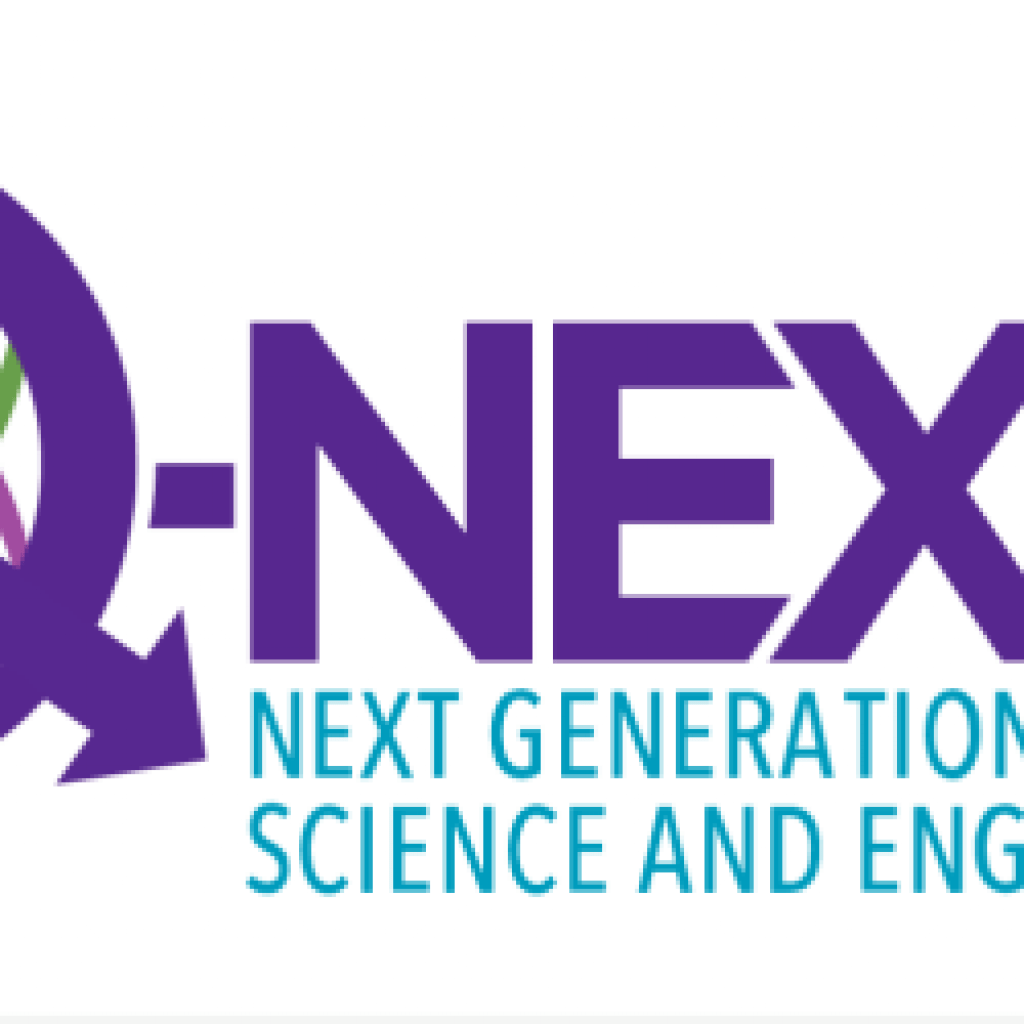(Newswise) It’s been a fruitful first year for Q-NEXT.
Q-NEXT, led by the U.S. Department of Energy’s (DOE) Argonne National Laboratory, brings together roughly 100 scientists at national labs, universities and companies to carry out an ambitious mission: develop the science and technology to store and transmit quantum information, whether at distances as small as the width of a computer chip or as large as the distance between Chicago and San Francisco.
DOE established Q-NEXT, along with four other National Quantum Information Science (QIS) Research Centers, to spur innovation, support economic growth, and advance U.S. leadership in the burgeoning area of quantum science and engineering.
Since the national research center’s founding in August 2020, the Q-NEXT team has begun the construction of two quantum foundries; launched a roadmapping project to bring quantum technologies to the public in the coming decade; and published high-impact quantum science and engineering papers.
Began construction on two quantum foundries, one at SLAC National Accelerator Laboratory and another at Argonne. Together, the two foundries will act as a quantum factory, a national resource to provide high-quality, standardized quantum materials for research and industry.
Launched the development of a quantum technology roadmap, which will guide the activities of both Q-NEXT and the broader QIS community. The 10- to 15-year roadmap will outline the R&D achievements needed to be able to share quantum information through the phenomenon of quantum entanglement. Quantum entanglement refers to an inseparable correlation between two particles, enabling the secure sharing of information no matter how much physical distance lies between them. The roadmap charts a path for developing entanglement technologies, especially for impactful progress in quantum communication, computing and sensing.
Published high-impact QIS papers. The publications provide a framework for engineering new types of qubits (the fundamental unit of quantum information); introduce a new tool that simulates quantum networking at the level of particles of light; and outline a new model for evaluating certain kinds of quantum communication links.
Co-hosted a summer student seminar series for QIS workforce and professional development. Experts spoke with students about traditional and nontraditional quantum career pathways, as well as the commercialization of QIS technologies. Q-NEXT hosted the series in cooperation with the Chicago Quantum Exchange and the Quantum Leap Challenge Institute for Hybrid Quantum Architectures and Networks, which is sponsored by the National Science Foundation and led by the University of Illinois at Urbana-Champaign, a Q-NEXT partner.
Welcomed two new corporate partners, Verizon and Zurich Instruments. In addition to helping advance the center’s quantum science and engineering, the world-leading technology companies are supporting Q-NEXT’s workforce development and roadmap efforts.
Q-NEXT Quantum Research Center Going Strong One Year In
